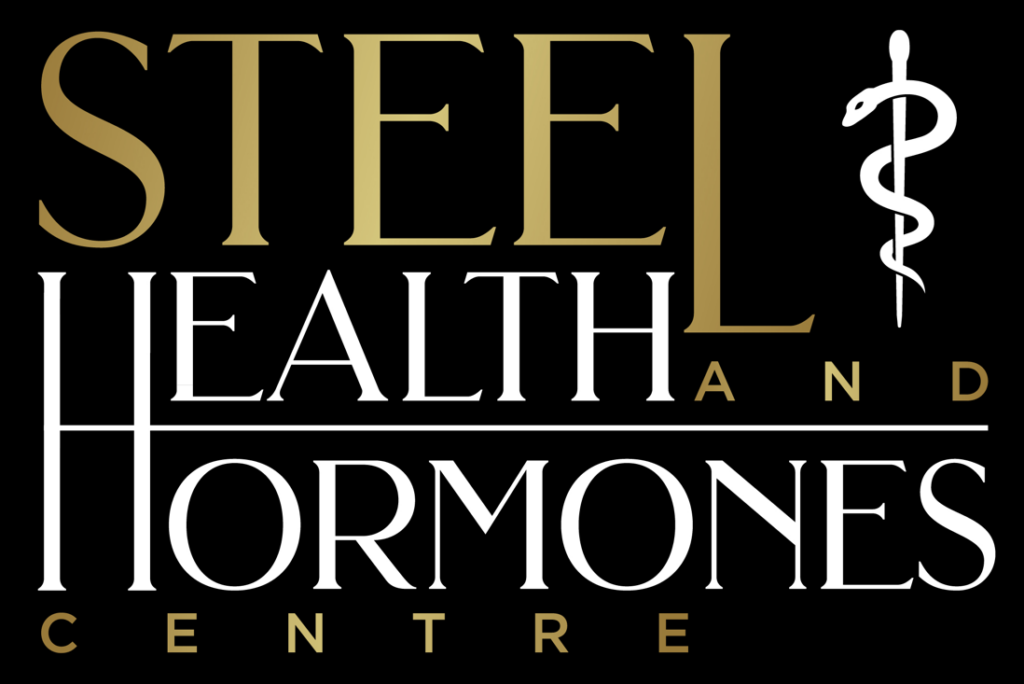As always, I want to start this blog post by stating that I’m not a medical professional. This blog post should not be taken as medical advice. However, I am formally trained in mathematics, and I have been in the fitness space for over 10 years. This experience, paired with my formal training in mathematics, provides a unique insight into issues related to health.
Heart disease is the leading cause of death in the United States. “Heart disease” is a catch-all term that refers to several conditions affecting the heart1. For the purposes of this paper, we’re going to focus on Coronary Artery Disease (CAD) and Myocardial Infarction (MI) caused by CAD, as this is the leading type of heart disease in the United States, and CAD is the leading cause of heart attacks.
I also want to direct you to the blog post I did on Testosterone Replacement Therapy, which provides a comprehensive definition of that treatment plan.
It’s important that we understand the major correlates of heart disease. The leading independent correlates of heart disease are:
- Smoking2
- High blood pressure3
- Excess fat mass4
- Insulin resistance5
- Genetics6
Notice I didn’t include blood lipids. This is because recent research suggests that it may not be an INDEPENDENT risk factor for heart disease. This is a major point of contention. However, it is outside the scope of this post.
Now we have to observe the risk factors that are influenced by testosterone replacement therapy: excess fat mass, insulin resistance, and high blood pressure. Excess fat mass is an independent risk factor for heart disease, even though excess fat mass leads to other issues that also contribute to heart disease and myocardial infarction. Based on my research, I believe that excess fat mass releases inflammatory mediators in the body. My experience in the fitness industry shows me that as people lose a substantial amount of body fat, they suffer substantially less joint pain. Some may say this is a result of carrying less weight – which is true. However, if the loss of fat mass and carrying less load were strictly the reason for less joint pain, I should expect to see the joint pain return when my clients do weighted movements, especially when the aggregate weight lifted is heavier than they were before they lost the weight. Ultimately, I see the opposite. I also believe that this inflammatory storm caused by excess body fat does not stay localized to the joints. In fact, there is evidence that suggests that Tumor Necrosis Factor Alpha (an inflammatory mediator) may be an independent risk factor for myocardial infarction in certain populations7. I believe that the inflammation caused by excess body fat is the reason for CAD and MI, but even if it isn’t, excess fat mass is still an independent risk factor. This is where I believe testosterone replacement therapy may actually LOWER the rate of CAD and ultimately MI. It is well established that men with low testosterone have a harder time putting on and maintaining lean tissue. They also tend to accumulate more fat. Lastly, low testosterone may impact a man’s drive. Ameliorating the symptoms of low testosterone results in more lean tissue, less fat mass, and more energy. The best part is that this medication has an extremely low recidivism rate. It’s an excellent medication to help men lose weight and keep it off 8. The data on women being treated with testosterone is sparse. However, I can say from being in this field, attending seminars, and speaking with women on TRT, they have similar results.
That’s just using the medication. At Steel Health and Hormones Centre, we guide our patients to lifestyle modifications to live a long and healthy life. Part of what we do is guide our patients’ diet and exercise routine, which will help change body composition even more dramatically than testosterone therapy alone. If you’re in the Pittsburgh area and you want a white glove approach to Hormone Replacement Therapy, fill out a contact form at the bottom of the page and we’ll be in touch!
In short, I believe that the reduction of body fat and low recidivism rate will help LOWER the risk of CAD and MI in men receiving TRT.
Next, let’s look at insulin resistance, another independent risk factor for CAD and MI. Insulin resistance in most individuals is a response to excess body fat, especially as it relates to muscle mass. Additional muscle mass provides stable control over blood glucose levels, resulting in less insulin exposure from the pancreas and a lower likelihood of insulin resistance. As mentioned above, testosterone has the ability to change body composition by improving lean tissue and decreasing body fat. This change in body composition will, in and of itself, result in more favorable metabolic markers. Additionally, testosterone decreases lipoprotein lipase activity, which is responsible for shuttling triglycerides into fat cells, making it harder to aggregate more body fat. Testosterone also reduces the exposure of free fatty acids to the liver9. Therefore, testosterone provides a more favorable body composition to avoid and treat insulin resistance, but the molecule itself provides favorable outcomes for battling insulin resistance.
In summary, testosterone can reduce insulin resistance, further helping the patient reduce their risk of CAD and MI.
Lastly, blood pressure. This is where testosterone can be useful, but it COULD be detrimental. The research surrounding blood pressure is mixed. Some studies show that TRT improves blood pressure parameters. However, there is some evidence to suggest that testosterone can modestly increase blood pressure. Which one is it? I believe it’s both. Low testosterone is correlated with hypertension, so treating it may help. However, it’s undeniable that testosterone has been shown to increase BP in some patients. It seems that this is a response to erythrocytosis. As the body produces more red blood cells, the blood becomes thicker and can result in higher blood pressure10. Listening to Dr. Peter Attia’s podcast The Drive; he explains that most of the MI risks for men starting testosterone occur in the first year. Being an experienced physician, he explains that this is a result of a client having high blood pressure, and the testosterone pushes him over the edge. I want to take this one step further. Based on the research, the high blood pressure is usually a result of erythrocytosis. This is a very manageable condition with proper care. A good HRT clinic should do regular bloodwork, especially at the beginning of treatment. If a patient is starting to see a sharp rise in red blood cells, therapeutic phlebotomy may be the appropriate treatment. Proper care can remediate the issue that SOME men deal with when starting testosterone replacement therapy. Theoretically, I could see that some men who aromatize testosterone at an accelerated rate may also suffer from a rise in blood pressure. This is because as estrogen increases, so does sodium retention, which results in higher blood pressure. Also, a manageable condition with regular bloodwork and modulating the dose of testosterone.
Additional research also shows that people who have an existing detrimental relationship with angiotensin II in their renin-angiotensin-aldosterone system (RAAS) may further exacerbate that issue with testosterone therapy. This is where prophylactic angiotensin receptor blockers may help prevent detrimental cardiac remodeling and potentially ward off MI. This is emerging research and addressed in another blog post.
Overall, I believe that remediating low testosterone has a positive effect on blood pressure. Additionally, the concern for elevated blood pressure is not unfounded. However, the risks can be mitigated with proper care.
In conclusion, the data tells me that testosterone replacement therapy will have a positive effect on the risk profile for CAD and MI for most men. The real concern of increased CAD and MI caused by elevated blood pressure in some men can be managed with proper care. However, this is just what the data tells ME, it’s important to always consult a qualified medical professional before embarking on any new medical journey.
If you’re interested in working with the medical professionals at Steel Health and Hormones Centre, fill out a contact form down below and we will be in touch within 24 hours. We are conveniently located in Delmont and Wexford Pennsylvania!
Bibliography:
- CDC – Heart Disease
- CDC – Smoking and Cardiovascular Disease
- NHS – Cardiovascular Disease
- NCBI – Excess fat mass and heart failure
- NCBI – Insulin resistance and cardiovascular risk
- NCBI – Genetics and cardiovascular diseases
- AHA Journals – Tumor Necrosis Factor Alpha and Myocardial Infarction
- NCBI – Testosterone Replacement Therapy for weight loss
- NCBI – Testosterone decreases visceral fat mass
- Journal of Hypertension – Blood pressure responses to testosterone therapy



